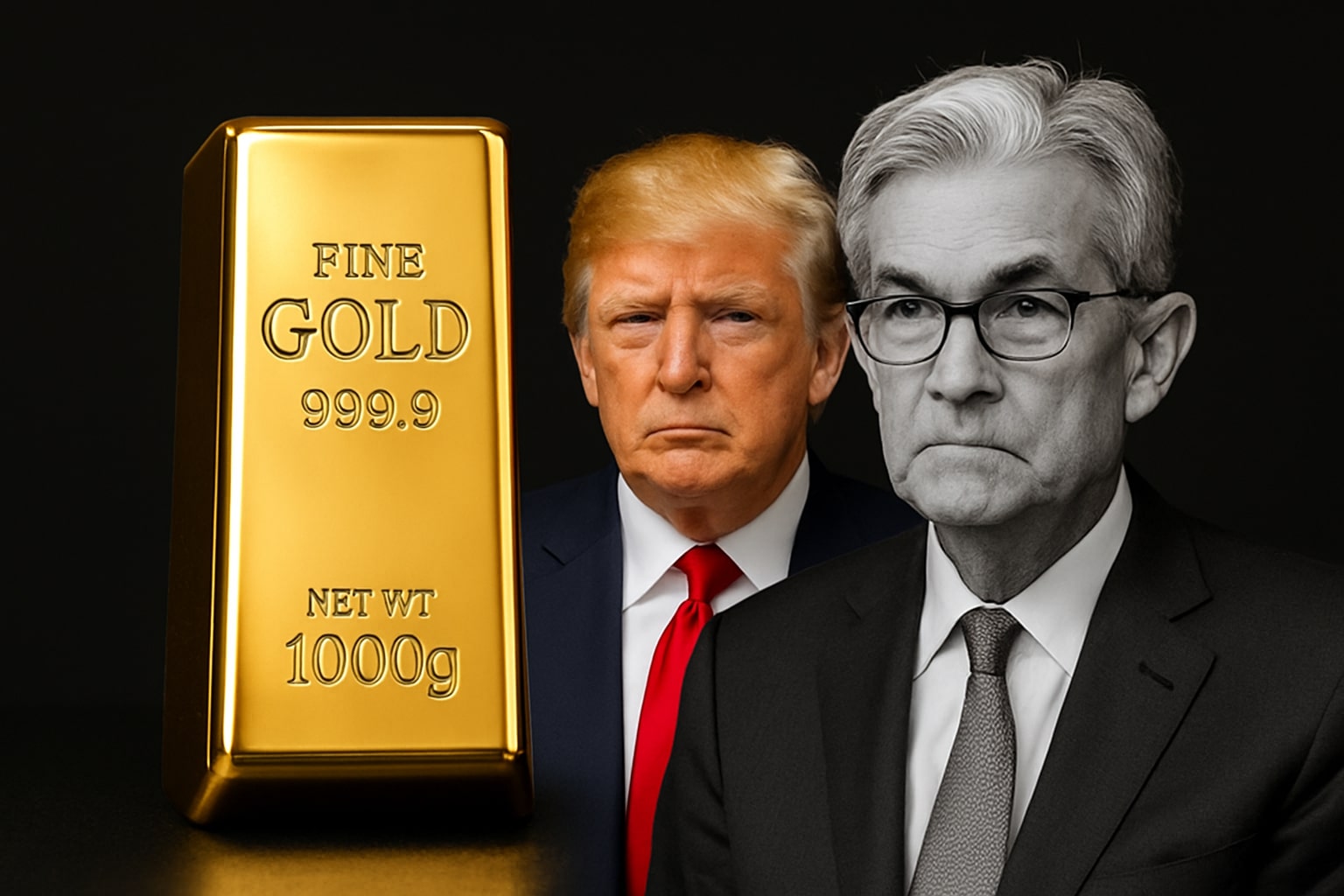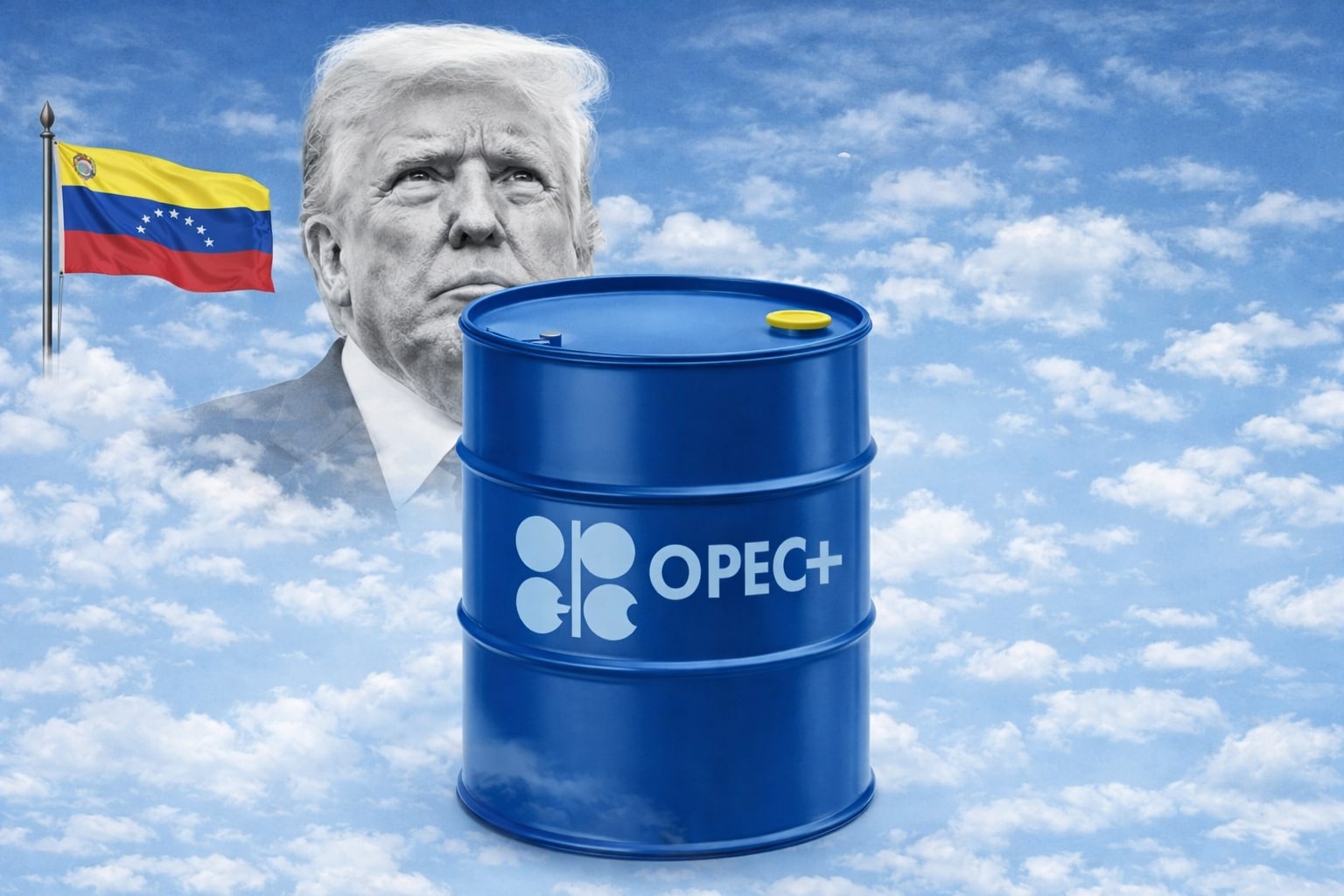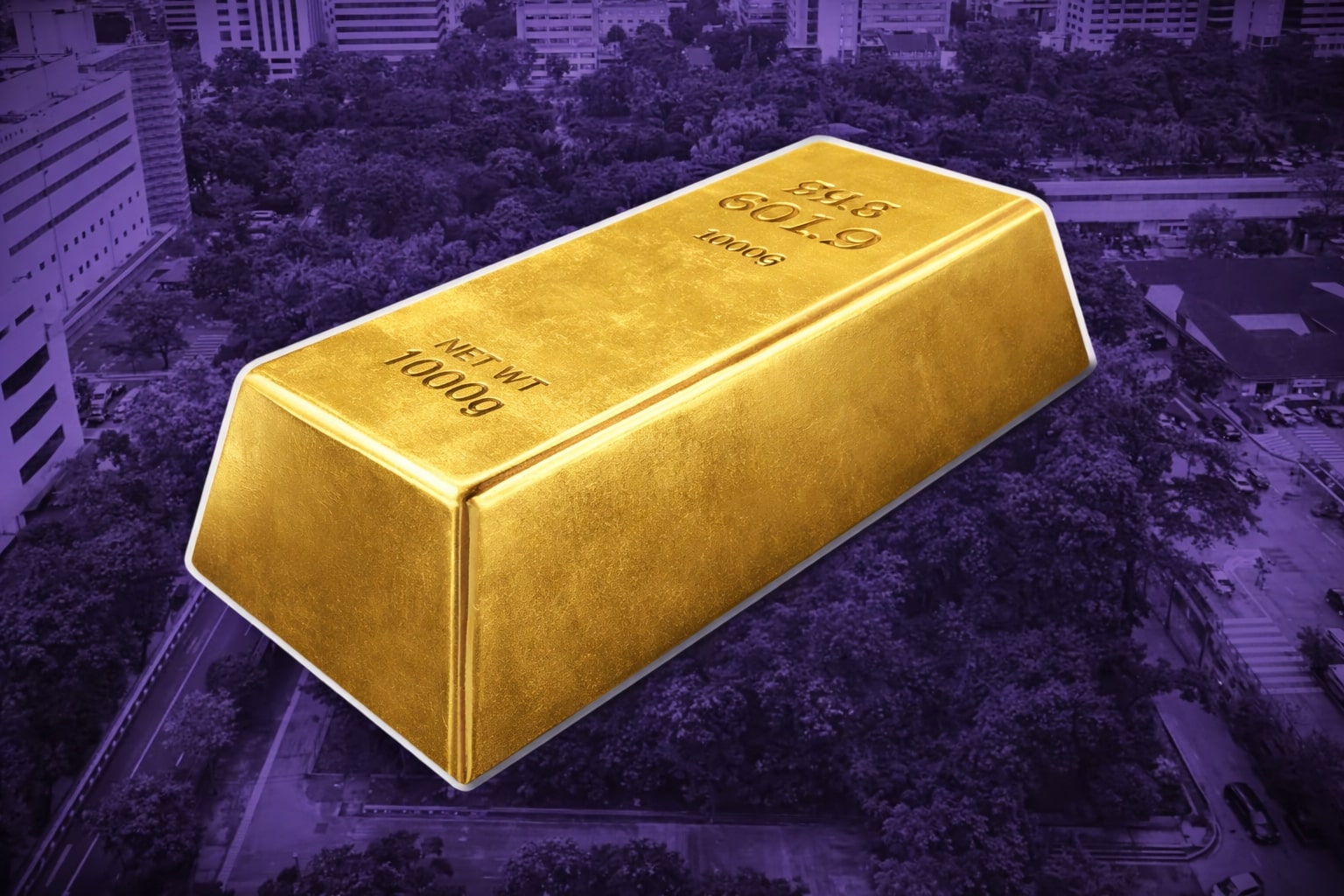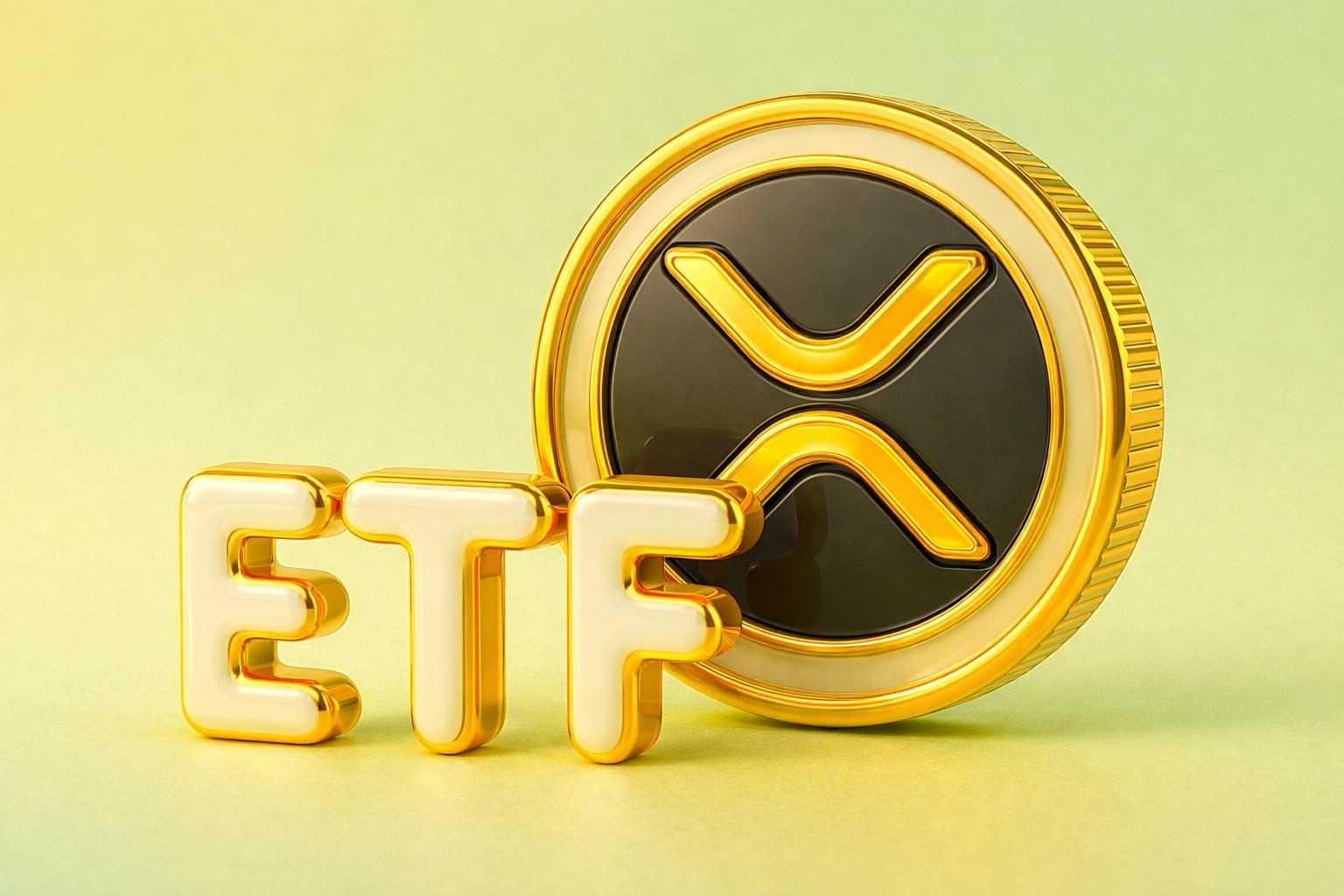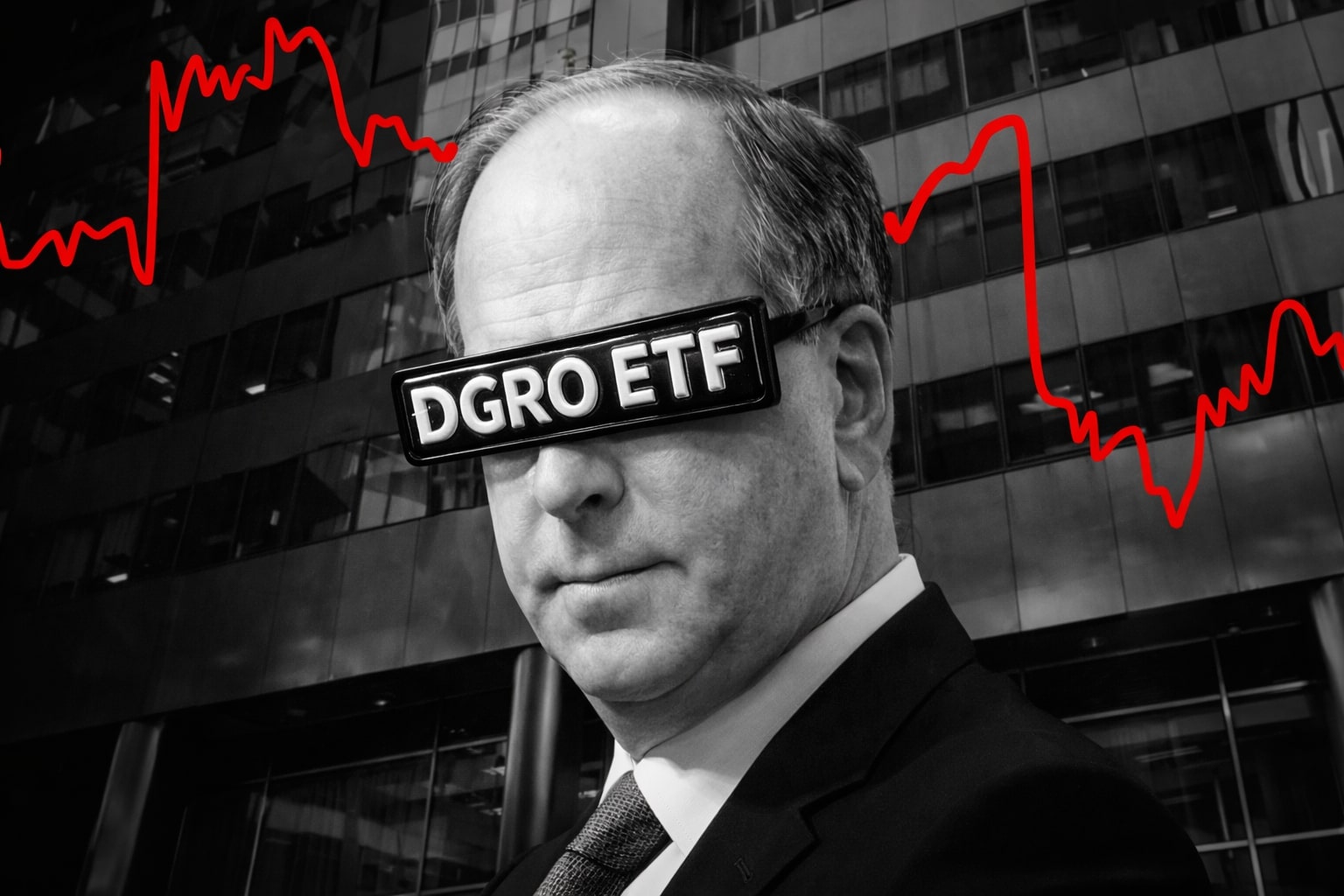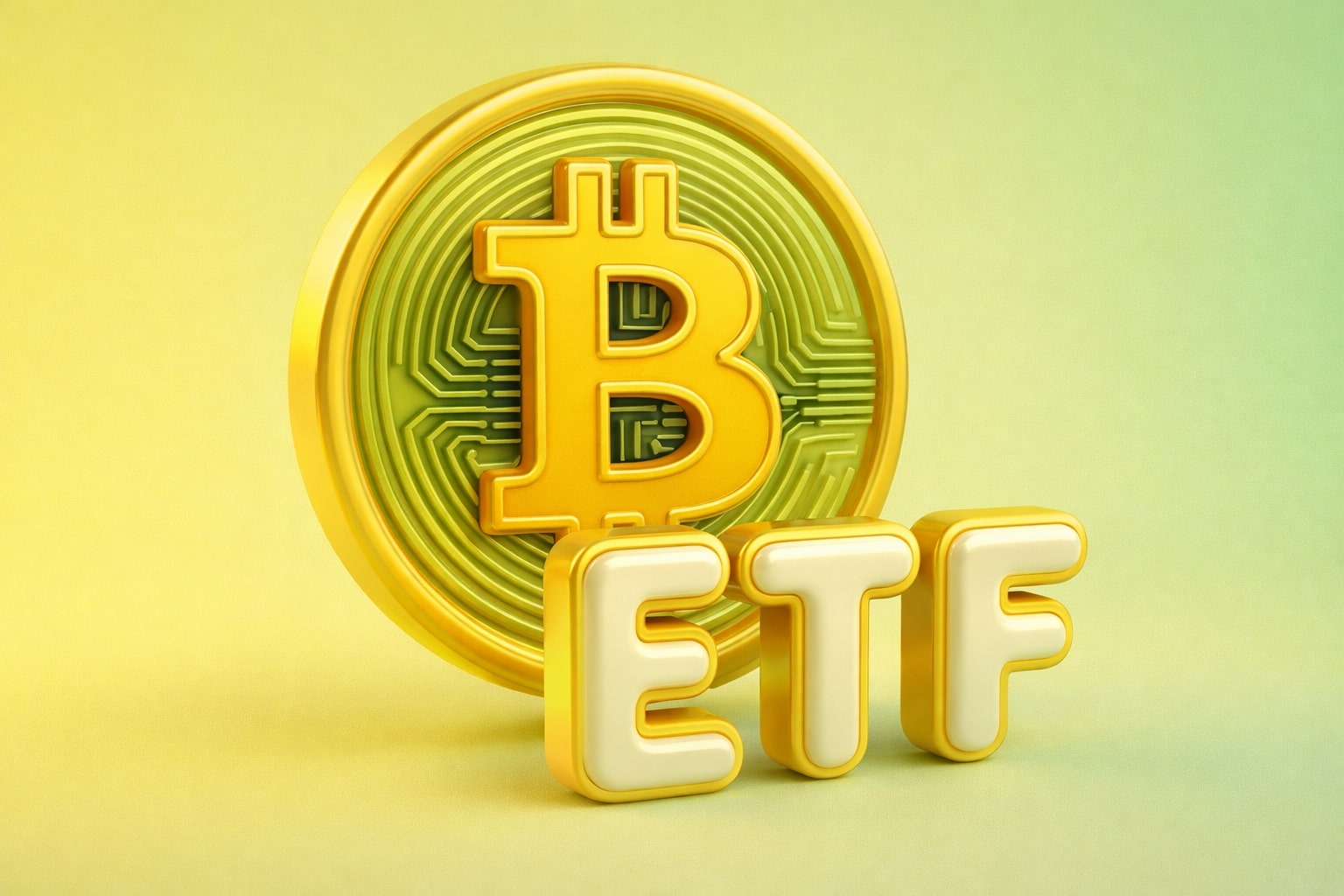Gold (XAU/USD) Struggles Near $4,250 as Traders Weigh Fed Cuts, Yield Spike, and Speculation Risk
Gold (XAU/USD) is hovering around $4,250 per ounce, retreating from last week’s record peak at $4,378.69 as traders balance safe-haven demand with growing signs of speculative excess. The metal, up more than 58% year-on-year and nearly 17% this month, remains the standout performer in global markets, outpacing equities, cryptocurrencies, and commodities. Yet the surge has entered a more volatile phase as Treasury yields rebound, the U.S. dollar steadies, and profit-taking emerges after the largest monthly gain since the 2008 financial crisis.
Record Rally Meets Market Reality: The Technical and Psychological Battle
After touching its intraday high above $4,370, gold reversed sharply to $4,220, marking a 2.2% swing that highlights exhaustion among short-term buyers. The RSI, which surged to 82 last week, has now cooled toward 68 — still elevated but signaling an early correction. Key support stands at $4,180, followed by $4,050, where institutional flows re-entered during the previous pullback. Resistance remains at $4,300, with a breakout above that zone potentially reigniting the rally toward $4,500. Market data show ETF inflows of over $34 billion in the past ten weeks, confirming that gold’s rise is not purely retail-driven but also fueled by institutional hedging against debt and currency debasement.
U.S. Treasury Yields and the Fed’s Policy Crossroads
Volatility in U.S. Treasury yields continues to dominate gold’s short-term direction. The 10-year yield briefly climbed toward 4.72% before easing to 4.58%, reflecting mixed expectations over the Federal Reserve’s upcoming policy meeting. Traders now price in a 25-basis-point cut in October and a second reduction by December, a sharp pivot from the hawkish stance earlier this year. Lower yields typically support non-yielding assets like gold, but the speed of the rate repricing has injected uncertainty. The Fed’s shift toward prioritizing employment over inflation, the so-called “Powell pivot,” has weakened the dollar but raised questions about the sustainability of real yields.
That tension has created an unusual correlation: both speculative growth equities and gold have rallied in tandem, reflecting investor preference for liquidity over valuation. Yet as the Fed signals further easing, the risk of yield-driven volatility in the gold market remains elevated. For institutional desks, the trade has evolved from a simple inflation hedge into a macro positioning tool for monetary instability.
Central Banks Drive the ‘Debasement Trade’ Amid Rising Global Debt
Global central bank purchases remain one of the most powerful undercurrents supporting gold’s strength. According to the World Gold Council, official sector buying exceeded 1,100 metric tons this year — the second-highest annual pace on record. The People’s Bank of China continues to expand reserves for an eleventh consecutive month, while India, Poland, and Turkey have also increased holdings amid concerns about dollar weaponization and U.S. fiscal risk. Analysts estimate that sovereign accumulation now represents over 25% of total demand, up from just 12% in 2018.
The “debasement trade,” as dubbed by institutional strategists, rests on the expectation that heavily indebted governments will eventually favor inflation over austerity. With U.S. federal debt surpassing $35 trillion and real interest rates turning negative on long maturities, gold’s appeal as a non-sovereign reserve asset has never been stronger. As UBS noted, the metal’s low correlation with equities and bonds, particularly during macro shocks, has re-established its role as the anchor of institutional portfolios rather than a mere defensive instrument.
Global Markets and the Speculative Surge Behind $4,000 Gold
The rally’s magnitude has reignited debate over whether gold has entered a speculative bubble. Goldman Sachs, HSBC, and Bank of America all revised forecasts within weeks as prices surpassed earlier targets. Goldman lifted its 2025 forecast to $4,900, HSBC sees $5,000 by early 2026, and Bank of America projects an extension to $6,000 amid accelerating inflows into physical ETFs and central-bank-backed vaults. In the past ten weeks alone, the ratio of upside to downside trading sessions for gold has been nearly 3:1, indicating one-sided momentum that may be prone to reversal once profit-taking intensifies.
However, unlike previous speculative phases in 1980 and 2011, today’s market includes a deeper institutional base. ETFs hold more than $260 billion in bullion exposure, and the share of gold within total global investment assets has risen from 4% to 6% in two years — still far below the 22% peak of the 1980 bubble. This suggests room for structural expansion even as sentiment overheats. For retail investors, especially across Asia, cultural demand remains strong: the Perth Mint reported a 21% monthly increase in gold bar purchases, and India’s festival season is expected to boost jewelry demand further despite record-high prices.
Asian Dynamics and Antam’s Sharp Correction
Indonesia’s Aneka Tambang (Antam) gold price dropped sharply by Rp 57,000 to Rp 2.42 million per gram, tracking the global correction. That move followed an earlier surge from Rp 1.55 million at the start of the year — a 57% rise before profit-taking hit. Despite the pullback, domestic appetite remains strong, with Antam importing 30 tons of gold from Singapore and Australia to meet demand. The correction aligns with the global pattern of retracement following overextension, yet Indonesian traders view the drop as an entry point amid persistent inflation risk.
Across Asia, demand patterns reflect dual motivations — wealth preservation and speculative anticipation. Chinese household accumulation continues to surge as Beijing maintains tight capital controls, while Indian imports are set to exceed 900 tons in 2025, the highest in a decade. These localized trends amplify gold’s global tightness, keeping spot prices supported even as Western profit-taking pressures futures markets.
The Macro Backdrop: Tariffs, Dollar Volatility, and Fiscal Strain
The geopolitical climate remains central to gold’s trajectory. President Donald Trump’s renewed tariff threats against China have revived safe-haven buying, even as markets briefly rallied after his comments downplayed escalation risks. Meanwhile, the U.S. government shutdown continues to disrupt data flow, clouding visibility on inflation and growth. In currency markets, the U.S. Dollar Index (DXY) remains range-bound around 98.6, having lost 7% since August, a key driver behind bullion’s appreciation.
Global fiscal trends add another layer of tension. Rising public debt in the U.S., Japan, and the Eurozone has stoked investor concern over long-term solvency. In this context, gold’s rally reflects not only fear of inflation but distrust in fiat stability. Institutional investors now treat gold as a parallel asset to sovereign bonds — a substitute for security rather than speculation. This shift explains why, despite rising yields, gold has retained its premium valuation.
The Speculative Paradox: Fear, FOMO, and Flow
While fundamental drivers justify part of gold’s rally, momentum-based trading has amplified it. Algorithmic funds and retail momentum traders have piled into gold ETFs, creating what analysts call “reflexive acceleration,” where rising prices attract inflows that fuel further gains. The emotional cycle mirrors early 2020 and 2011 — periods of macro stress that drove gold to new highs before sharp corrections followed. Yet, unlike those episodes, gold’s modern liquidity structure and the prevalence of institutional long-term holders have mitigated systemic risk.
Sentiment surveys show 74% of fund managers view gold as undervalued relative to real rates, while only 9% classify it as speculative. This divergence of perception keeps volatility elevated but directionally biased toward higher prices, at least through early 2026.
Outlook: Resilient Uptrend with Controlled Volatility
Gold’s year-long rally remains intact, supported by macro uncertainty, strong institutional flows, and sustained central bank accumulation. Short-term corrections like the recent drop to $4,220 are technical rather than structural. The broader pattern points toward consolidation between $4,100 and $4,350, before a potential breakout toward $4,500–$4,700 in Q1 2026 if Fed easing accelerates.
The balance of risk suggests a continued bid under the market, particularly if geopolitical tensions re-escalate or the dollar weakens further. While speculative positioning has risen, fundamental support remains robust across both East and West. As such, gold continues to function as both hedge and high-performance asset — a rare duality in modern markets.
Verdict: Buy on Pullbacks — Gold (XAU/USD) remains in a strong secular uptrend, with solid demand from central banks, institutions, and retail buyers. A sustained hold above $4,150 reinforces bullish control, targeting $4,600–$5,000 into 2026 as monetary easing and geopolitical instability extend gold’s leadership among global assets.
That's TradingNEWS














